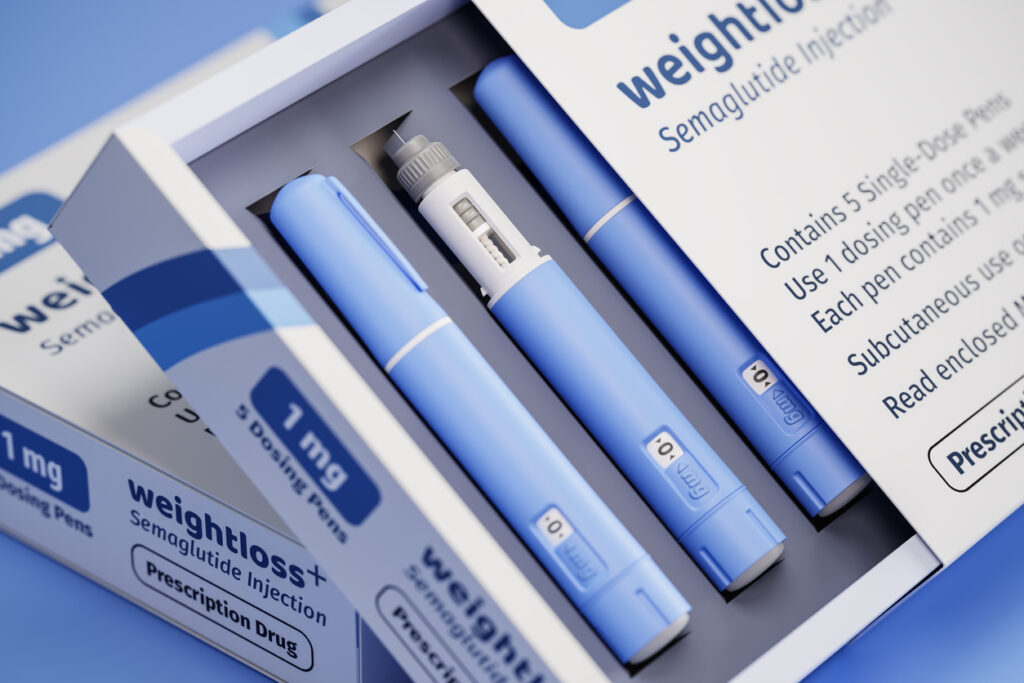Injections of the hyaluronic acid (HA) fillers Restylane Lyft or Contour in combination with Sculptra (poly-L-lactic acid) produces lasting improvements for “Ozempic face,” new 9-month data shows.
“Ozempic face” is the colloquial term for the effects of massive weight loss from glucagon-like peptide-1 receptor agonists (GLP-1RAs) on the face, namely sagging, dry, dull skin, and a gaunt facial appearance.
Following an interim analysis at three months presented earlier this year, a six-month extension study was conducted to capture the durability of treatment effects after nine months. The Phase 4 clinical study used the SHAPE Up Holistic Individualized Treatment (HIT)—an individualized treatment approach which enables injectors to leverage their expertise with Galderma’s Sculptra and its Restylane portfolio to optimize aesthetic outcomes while prioritizing patient satisfaction.
Treatment Regimens
Patients were treated with Sculptra and either Restylane Lyft or Contour for their first treatment, a second treatment of Sculptra with an optional touch-up of Restylane Lyft or Contour at Week 4, and an optional third treatment of Sculptra at Week 8. In the extension study, follow-up visits took place at Weeks 32 and 44 for those who received the third Sculptra treatment and at Weeks 28 and 40 for those who did not, corresponding to nine months after their first Sculptra treatment.
At nine months, the combination of Sculptra and Restylane Lyft or Contour effectively improved the aesthetic appearance of patients experiencing facial volume loss associated with medication-driven weight loss, further supporting the benefits of the SHAPE Up HIT.
The combined regimen demonstrated skin quality improvements, with Restylane improving skin hydration and Sculptra significantly improving skin radiance through to Month 9.
Subject satisfaction—which was reported by the majority of patients as early as Week 4—was maintained through to Month 9, the researchers report.
Specifically:
- 85.7% of patients said their face looked less gaunt/sunken
- 88.6% said they “loved” how the treatment maintained their facial structure
- 88.6% of patients said they “loved” the regenerative effects of Sculptra treatment
- 88.6% felt they looked better than before the injection regimen
- 91.4% said they would recommend the injection regimen to others after weight loss and to those with loose, sagging facial skin
Safety was in line with previous pivotal trial data for Sculptra, Restylane Lyft, and Contour, with no treatment-related adverse events reports.
Results Are Encouraging
“The improvements we observed with Sculptra and Restylane at nine months are hugely encouraging and represent a meaningful step forward in addressing the most predominant aesthetic concerns of patients along their weight loss journey,” says Z. Paul Lorenc, MD, a Clinical Trial Investigator and New York City-based Plastic Surgeon. “For physicians and patients who are navigating the visible effects of medication-driven weight loss, this study delivers real, evidence-based solutions that can make a tangible difference to how individuals look and feel.”
Study Author and Washington, DC-based Facial Plastic Surgeon Michael Somenek, MD, agrees.
“These results really reinforce the role of aesthetic treatments, like Sculptra and Restylane, in supporting patients through their weight loss transformations, showing they can deliver visible improvements in skin quality while also significantly enhancing patient satisfaction and emotional well-being,” he says. “The findings empower clinicians with data-backed tools to holistically address the nuanced aesthetic needs that arise with medication-driven weight loss, marking a pivotal moment where science meets patient-centered care.”
Galderma is spearheading multiple additional initiatives to identify and address the most predominant aesthetic concerns of patients who have experienced medication-driven weight loss. The Company recently released international consensus-based guidelines that provide a practical framework for practitioners to address the aesthetic needs of medication-driven weight loss patients.


